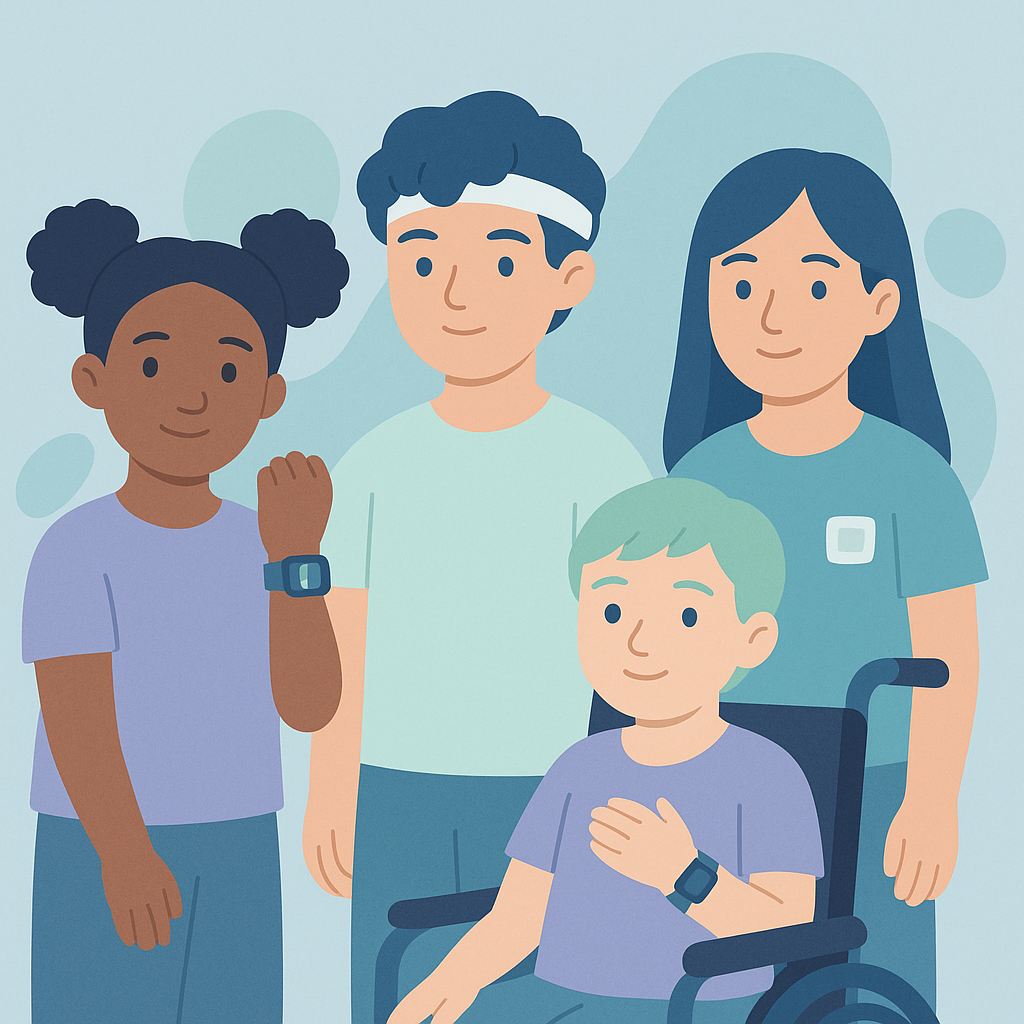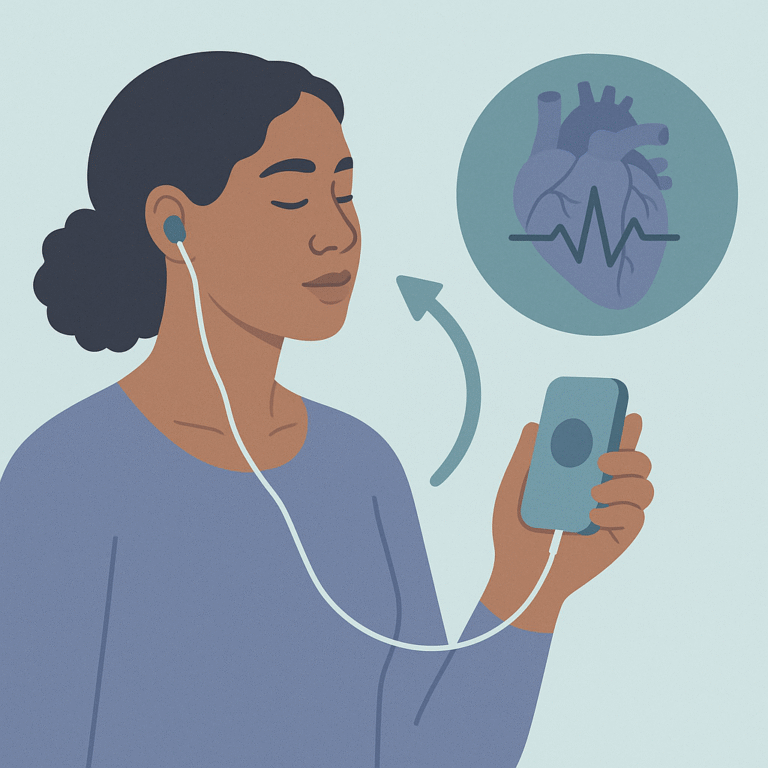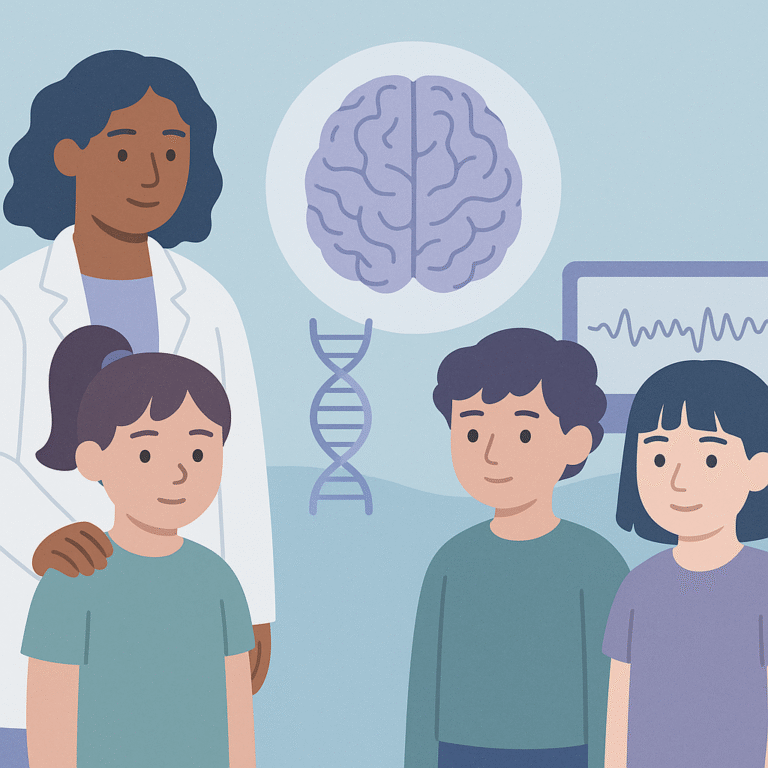Wearable Devices Help Monitor Epilepsy in Children
Source: Frontiers in neurology
Summary
This study focused on children with self-limited epilepsy with centrotemporal spikes (SeLECTs), a common type of epilepsy in kids. Researchers looked at how brain networks function in these children, especially those with a high spike-wave index (SWI greater than 50%). They used a combination of wearable devices and advanced EEG technology to gather data on brain activity and other physiological signals.
The key findings showed that as the spike-wave index increased, the efficiency of brain networks decreased. This means that the brain's ability to communicate effectively was reduced in children with higher SWI levels. Additionally, the study found significant differences in physiological signals related to stress, such as those measured by electrodermal activity (EDA), which can indicate how the body responds to stress. These signals were particularly sensitive to changes in SWI levels.
Understanding these findings is important because they challenge the idea that SeLECTs is always a benign condition. The study suggests that some children may be at risk for more serious issues, like ESES, which can affect their development. However, the study has limitations, including the need for larger groups of participants and further research to confirm these results and their implications for treatment and monitoring.
Free: Seizure First Aid Quick Guide (PDF)
Plus one plain-language weekly digest of new epilepsy research.
Unsubscribe anytime. No medical advice.





